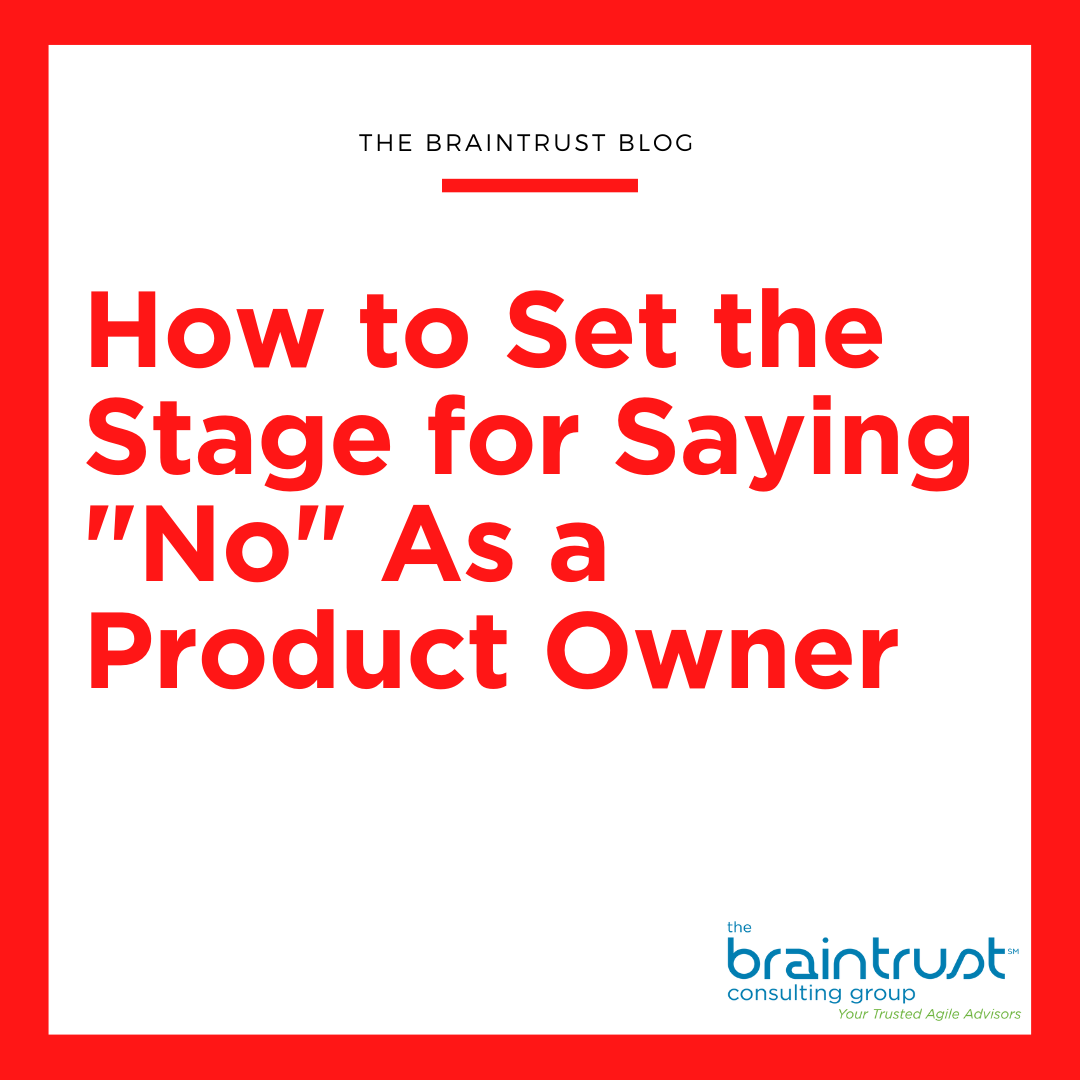Having an outdated or inaccurate Product Roadmap can derail your Release Plans, frustrate your Team and Stakeholders, and negatively affect your Product.
As a reminder, a Product Roadmap should guide your Product Goals 9-12 months into the future. Here are some different ways to create a Product Roadmap:
Impact Mapping
Impact mapping is a lightweight, collaborative planning technique for teams that want to make a big impact. It is based on user interaction design, outcome-driven planning, and mind mapping. Impact maps help Teams and Stakeholders visualize roadmaps, explain how deliverables connect to user needs, and communicate how user outcomes relate to higher-level organizational goals.
It is a mind-map grown during a discussion facilitated by considering the following four aspects:
Goal
The center of an impact map answers the most important question: Why are we doing this? This is the goal we are trying to achieve.
Actors
The first branch of an impact map provides answers to the following questions: Who can produce the desired effect? Who can obstruct it? Who are the consumers or users of our product? Who will be impacted by it? These are the actors who can influence the outcome.
Impacts
The second branch level of an impact map sets the actors in the perspective of our business goal. It answers the following questions: How should our actors’ behavior change? How can they help us to achieve the goal? How can they obstruct or prevent us from succeeding? These are the impacts that we’re trying to create.
Deliverables
Once we have the first three questions answered, we can talk about scope. The third branch level of an impact map answers the following question: What can we do, as an organization or a delivery team, to support the required impacts? These are the deliverables, software features, and organizational activities.
User Mapping
User Mapping is a technique used to tell “user stories” through words and pictures, with the goal of building a common understanding.
It’s an approach to Organizing and Prioritizing user stories. User Story mapping arranges the user activities along the horizontal axis and the vertical axis shows the details of these activities.
To create a User Story, you:
- Add activities the user would do using the product. Arrange activities left to right in the order you’d explain them to someone when asked the question: “What do people do with this system?” This is the backbone of your story.
2. Add specific tasks the user would do under the activity. These will eventually become your different Product Release tasks.
3. Add Goals that connect to the Vision. This will become the top of your User Story, and everything should fall neatly under it.
Don’t forget to prioritize the MVP
The MVP, or Minimum Viable Product, is a product that works, but without any additions/distractions that would not serve a fundamental and/or basic user need. You should derive the MVP from the story map by drawing a horizontal line below the backbone.



